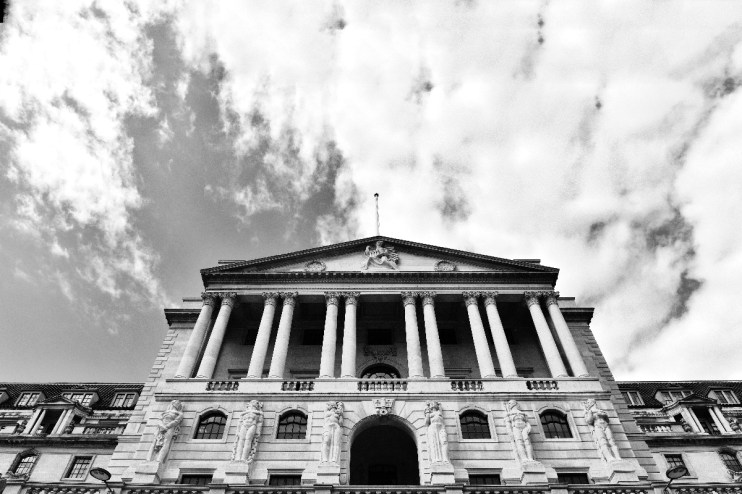Why the Bank of England will cut interest rates on Thursday

For the first time in months, there is genuine uncertainty about whether the Bank of England will cut or hold interest rates when the Monetary Policy Committee (MPC) meets later this week.
Since lifting rates to a 16-year high in August, the Bank has kept rates at 5.25 per cent despite protests from businesses, politicians and some prominent economists (including former chief economist Andy Haldane).
But this week it seems more likely than not that the Bank will cut. To see why, its worth recalling the state of play at the MPC’s last meeting in June.
Two MPC members, Dave Ramsden and Swati Dhingra, voted for a cut while the remaining seven favoured a hold.
But within the majority bloc, there were two distinct groups. Four rate-setters remained concerned by the persistence of inflation and will almost certainly vote for another hold this week. The other three are on the fence.
Minutes from the meeting showed that the decision was “finely balanced”. In central bank parlance, “finely balanced” means rate-setters are very close to backing a cut. Rob Wood, chief UK economist at Pantheon Macroeconomics, said the phrase suggests they are “itching” to cut.
If they opt for a cut, then there’s a narrow majority to start easing policy. But what makes this decision so difficult to call is that investors have not heard from any of the swing voters on the MPC, including Governor Andrew Bailey, since the general election was called at the end of May.
This makes it all but impossible to work out how they have interpreted the latest rounds of data.
Even so, the question remains the same: Have any of the figures released since the Bank’s June meeting changed the calculation?
On the inflation front, the answer is no. For months, the big fear for policymakers has been that domestic inflationary pressures remain stubbornly strong. The MPC has highlighted services inflation as the best gauge of domestic price pressure, because the economy is tilted heavily towards the services section.
June’s figures put services inflation ahead of expectations, remaining stuck at 5.7 per cent. Back in May, the Bank forecast that services inflation would have fallen to 5.3 per cent, so there has been a meaningful upside surprise.
But remember, services inflation had come in ahead of expectations for two months before the Bank’s June meeting and this did not unduly bother the three swing voters.
“The upside news in services price inflation relative to the May Report did not alter significantly the disinflationary trajectory that the economy was on,” the minutes said.
Looking specifically at June, services inflation came in ahead of expectations yet again. But this was largely, if not solely, due to huge monthly changes in hotel prices. Economists are divided about how big an impact Taylor Swift had here, but most agree that such big monthly changes won’t be replicated in future.
Its true that services inflation remains a little too high for comfort even without the impact of those volatile changes, but forward looking indicators suggest it will fall in the months ahead.
S&P’s purchasing managers’ index, for example, showed that input price inflation for firms in the services sector eased to a 41-month low. A recent ONS survey of service sector firms also suggested that firms are increasingly absorbing what additional costs they are facing.
In other words, there are good reasons to think that the economy is still on its “disinflationary trajectory”.
Wage growth is another important consideration for policymakers, and here too it seems inflationary dynamics are slowly dissipating.
Annual pay growth fell to 5.7 per cent in the three months to May, easing from six per cent previously and down from peaks of over eight per cent last summer. With unemployment rising and demand for labour falling, wage growth will only continue to fall in the months ahead.
Like services inflation, wage growth remains a little too high to be absolutely sure that inflation is returning to target sustainably, but central banks need to be forward looking. The forward looking evidence is encouraging.
Its also worth noting that real interest rates – interest rates adjusted for inflation – have continued increasing as inflation has fallen back to target. That means there’s space to cut interest rates while still leaving monetary policy comfortably in restrictive territory.
There’s no doubt that this decision will be a close call, but the Bank should cut rates on Thursday.